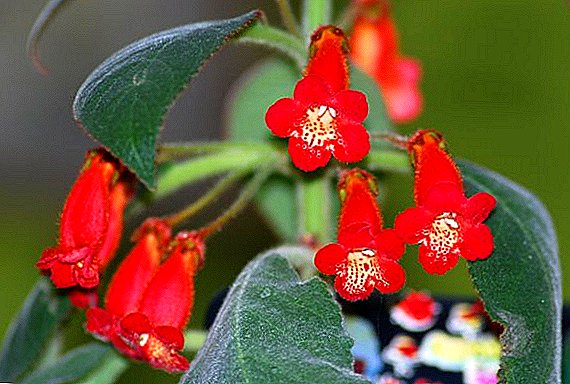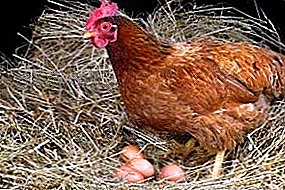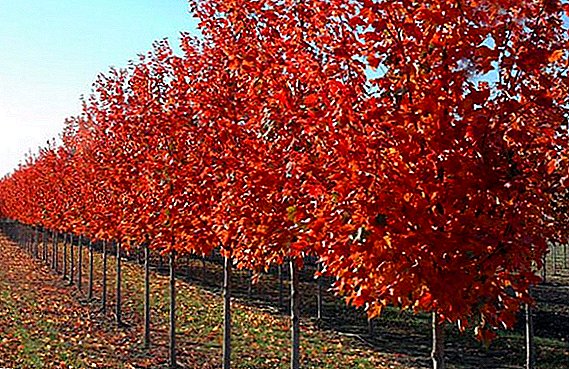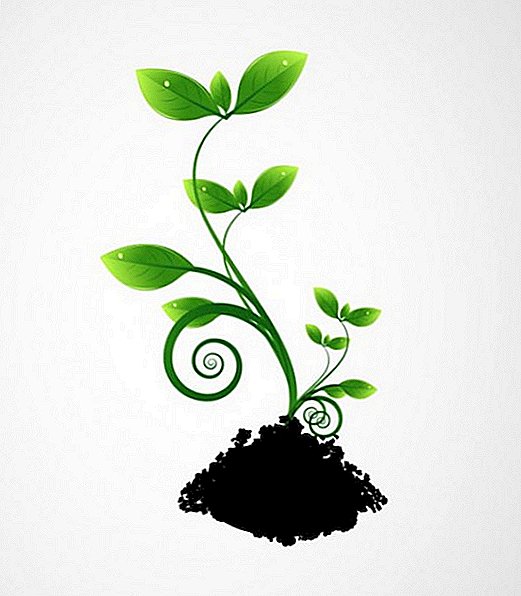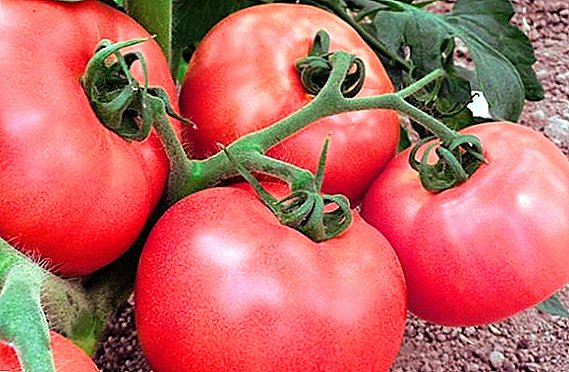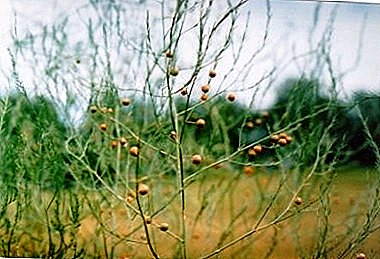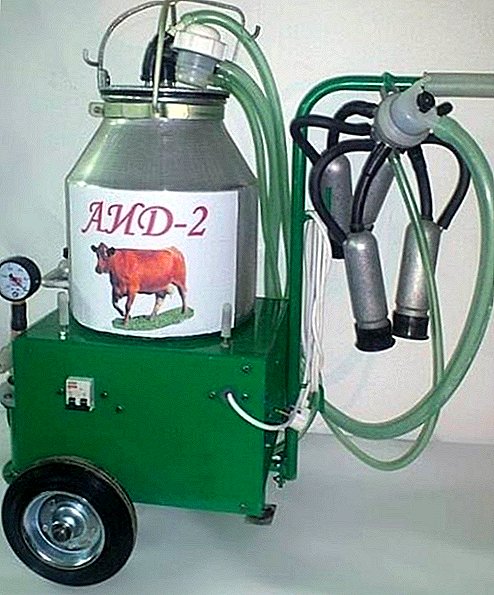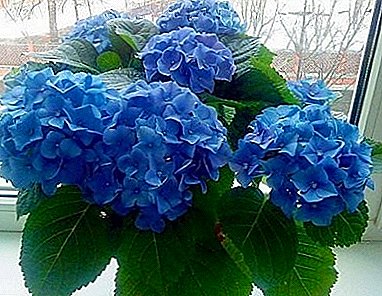
The birthplace of hydrangea is Southeast Asia, which is why there is a beautiful legend from there: when Buddha was born, nectar spilled out of the sky like rain, and unprecedented flowers fell. These were hydrangeas.
Want to have such beauty at home? Then you have to learn not only to take care of the plant, but also to expand the area of planting - to start planting and replanting yourself.
How to plant at home

As for the method of planting seeds at home, it is practically not used, unless it is the only opportunity to grow the hydrangea of a very rare variety. Hard for a long time.
But planting cuttings are very convenient. Cuttings taken from the basal shoots. They should have several pairs of leaves - two or three. Flowering shoots are not suitable as planting material.
How this is done, step by step:
- use a sharp knife to cut the stalk (length from 8 to 10 cm),
- the stalk is treated with a root-forming stimulator (can be bought at a flower shop),
- two-thirds of the flower pot is filled with soil mixture
- they put the cutting in the ground so that it will hold tight in it,
- watered with a weak solution of potassium permanganate (it is not necessary to water too generously so that the roots do not rot),
- Pritenyat the plant from the direct rays of the sun (with the exception of winter plantings - in January and February, pruning is not necessary).

What kind of soil is suitable?
There are two answers to this question: personally prepared or purchased. If you are not a very experienced florist, then it is easier to go the second way, by purchasing a ready substrate in a flower shop ("Azalea", "Begonia" or some other recommendation from the seller). If you want to do everything yourself, take the turf ground (3 parts), leafy ground (3 parts), sand (2 parts), peat (1 part). Mixed with these proportions, and will be suitable soil for your hydrangea.
Which pot is needed?
If you define a cutting for permanent residence, then a shipping pot (they usually sell plants in flower shops) will not work. You will need a pot from any dense material (for example, ceramic) with a hole into which excess water will go. The diameter of the pot is approximately 9 centimeters.
What time of year is it better to land?
Experts recommend for planting cuttings hydrangeas end of January - February. In this case, in the fall it will be possible to get a bush from three to four shoots. Spring cuttings will give a less lush, single-stem plant.
IMPORTANT: cuttings rooted through 2 - 3 weeks after landing. The indoor hydrangea will begin to bloom in the second year, unlike the garden one, which will bloom earlier (just some other technologies are used there).
How to transplant?
How this is done, step by step:
- on a sheet of polyethylene or on a newspaper they put a pot with a plant, which they gently take with their hand for its base,
- tilt the pot, take out the hydrangea with a clod of earth (if necessary, with a knife separate it from the walls of the pot),
- a three-centimeter drainage layer is poured into the new pot,
- carefully lower the flower into a new pot and sprinkle it with new soil mixture.
ATTENTION: the plant can not be covered with earth to a greater than the previous height, otherwise the stem can begin rot.
The transplanted hydrangea is sprayed with water, and full watering is done on the day after the transplant.

How often does a flower need transplants?
The first transplant is often forced, immediately after purchase in a store where the plant could be infected with a flour bug. If you have such concerns, transplant the hydrangea into a new pot filled with new soil, and before that take a good look at the roots of the plant to make sure that the flower is fine.
Planted hydrangea transplanted every year, changing the soil, which, most likely, has time to deplete, and therefore will not give the plant a chance to fully bloom. When transplanting do not forget about drainage.
Do I need to change the pot during transplantation?
Yes need. The pot should be a little more (3 - 4 centimeters in diameter) than the previous one. Why can not immediately settle the hydrangea in a very large pot? The fact is that it will negatively affect flowering - the plant will fatten, build up the leafy mass, and not the flower one.
REFERENCE: when the plant reaches a very large size and there is no longer a suitable pot for it, experts recommend the use of separation and rejuvenation techniques.
What time of year is it best to have a transplant?
For homemade hydrangeas, this is an early spring.

Peculiarities of home care
Hydrangea is more painful than many other plants react to a lack of moisture (leaves dry, turn brown). Therefore, watering and spraying should be regular, but just not cold water.
Various dressings give the plant in the spring, when it is already quite active, waking up to a new life.
Hortensia does not like hot sunshine and can even get burnstouching the heated window glass. Avoid such situations, choose a slightly shaded place for hydrangea.
Still need to keep in mind that the plant does not tolerate drafts - can catch cold and get sick.
A flowering plant has its whims. In no case can't try to remove drying up the flowers or touching with your hands only the gathering power of the inflorescences. They are so tender and vulnerable that they can fade from our careless touch.
REFERENCE: CALENDAR FOR GORTHENZIA
December and January - winter sleep. February is a time to wake up. March and April are green months. May, all summer, September and October - it's flower time. November - preparing for bed.
Rare houseplant blooms as generously as hydrangea. Whatever the flower is a whole bunch. And, you see, not too much effort will have to be applied to come to this result.
A photo
See more photos of room hydrangea on:




Useful information
Learn more about room hydrangea care:
- Save room hydrangea - learn how to care in the winter!
- How to grow Hortensia room: the best ways to grow plants


